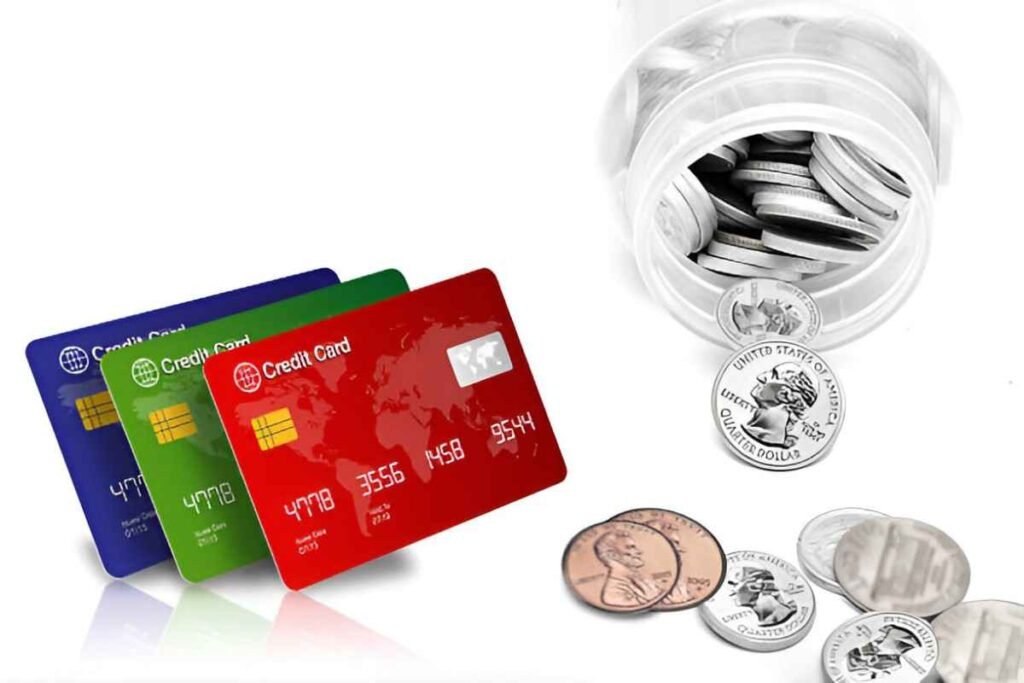When considering credit cards after bankruptcy, Allied Bank offers several options that can help you rebuild your financial standing. Bankruptcy affects your credit score and limits your access to financial products, but with careful planning and responsible usage, a credit card can be an effective tool to improve your creditworthiness. In this article, I will explore the different Allied Bank credit cards available, compare their features, and provide practical strategies to use them wisely.
Table of Contents
How Bankruptcy Affects Your Credit
Bankruptcy significantly impacts your credit score, making it difficult to obtain new credit. Lenders see individuals who have declared bankruptcy as high-risk borrowers. A bankruptcy filing stays on your credit report for up to ten years, influencing your ability to secure loans or credit cards with favorable terms. However, rebuilding credit after bankruptcy is possible with the right financial tools and habits.
Types of Allied Bank Credit Cards for Post-Bankruptcy Recovery
Allied Bank offers a range of credit cards, each designed for different financial needs. If you have recently declared bankruptcy, the following types of cards can help you get back on track:
1. Secured Credit Cards
Secured credit cards require a cash deposit as collateral, which minimizes the bank’s risk and increases your chances of approval.
| Card Feature | Description |
|---|---|
| Credit Limit | Based on the deposit made (e.g., $500 deposit = $500 limit) |
| Interest Rate | Typically lower than unsecured cards |
| Annual Fees | Varies based on the card |
| Credit Reporting | Reports to major credit bureaus |
2. Unsecured Credit Cards for Low Credit
Allied Bank offers unsecured credit cards with lower limits and higher interest rates for individuals with a history of bankruptcy.
| Card Feature | Description |
|---|---|
| Credit Limit | Typically lower ($300 – $1,000) |
| Interest Rate | Higher compared to secured cards |
| Fees | Potential annual or maintenance fees |
| Reward Programs | Limited or none |
3. Credit-Builder Cards
These cards focus on helping individuals rebuild their credit through small limits and manageable terms.
| Card Feature | Description |
|---|---|
| Credit Limit | Starts low but increases with responsible usage |
| Interest Rate | Competitive based on creditworthiness |
| Reporting | Monthly reports to credit bureaus |
How to Choose the Right Allied Bank Credit Card
Choosing the right card after bankruptcy depends on your financial goals and repayment ability. Here are factors to consider:
1. Interest Rates: Look for a card with a manageable interest rate, especially if you plan to carry a balance.
2. Fees: Evaluate annual fees, late payment charges, and maintenance fees. A lower-fee card is preferable when rebuilding credit.
3. Credit Limit: Start with a manageable credit limit to avoid overspending.
4. Reporting to Credit Bureaus: Ensure the card reports your payments to major credit bureaus to improve your credit score over time.
Strategies to Use Allied Bank Credit Cards Wisely
Using your credit card responsibly is crucial for rebuilding credit after bankruptcy. Here are some practical strategies:
1. Keep Balances Low: Try to use only a small portion of your available credit limit. Experts recommend maintaining a credit utilization ratio below 30%.
Example Calculation: If your credit limit is $1,000, aim to keep your balance below $300 to maintain a healthy utilization ratio.
2. Make Timely Payments: Paying your bill on time each month is the most effective way to rebuild credit. Set up automatic payments to avoid missing due dates.
3. Avoid Applying for Multiple Cards: Applying for multiple credit cards within a short period can hurt your credit score and suggest financial instability.
4. Monitor Your Credit Report: Regularly check your credit report to track improvements and correct any inaccuracies.
Benefits of Using Allied Bank Credit Cards After Bankruptcy
Using an Allied Bank credit card responsibly offers several advantages:
1. Rebuilding Credit: Regular, on-time payments can help increase your credit score over time.
2. Financial Flexibility: Access to a credit line can help with emergencies and planned expenses.
3. Learning Financial Discipline: A credit card can serve as a tool to build better spending and budgeting habits.
Potential Pitfalls to Avoid
While using credit cards can aid in financial recovery, certain pitfalls should be avoided:
1. Overspending: Avoid accumulating debt beyond your ability to repay.
2. Ignoring Fees: Be aware of annual fees, late payment penalties, and hidden charges.
3. Closing Accounts Prematurely: Keeping your credit accounts open longer can improve your credit history and overall score.
Conclusion
Recovering from bankruptcy takes time and patience, but Allied Bank credit cards can provide a valuable pathway to rebuilding credit. By choosing the right card and using it responsibly, you can gradually restore your financial health and regain access to better financial opportunities. Whether you opt for a secured, unsecured, or credit-builder card, the key lies in consistent, disciplined financial management.





